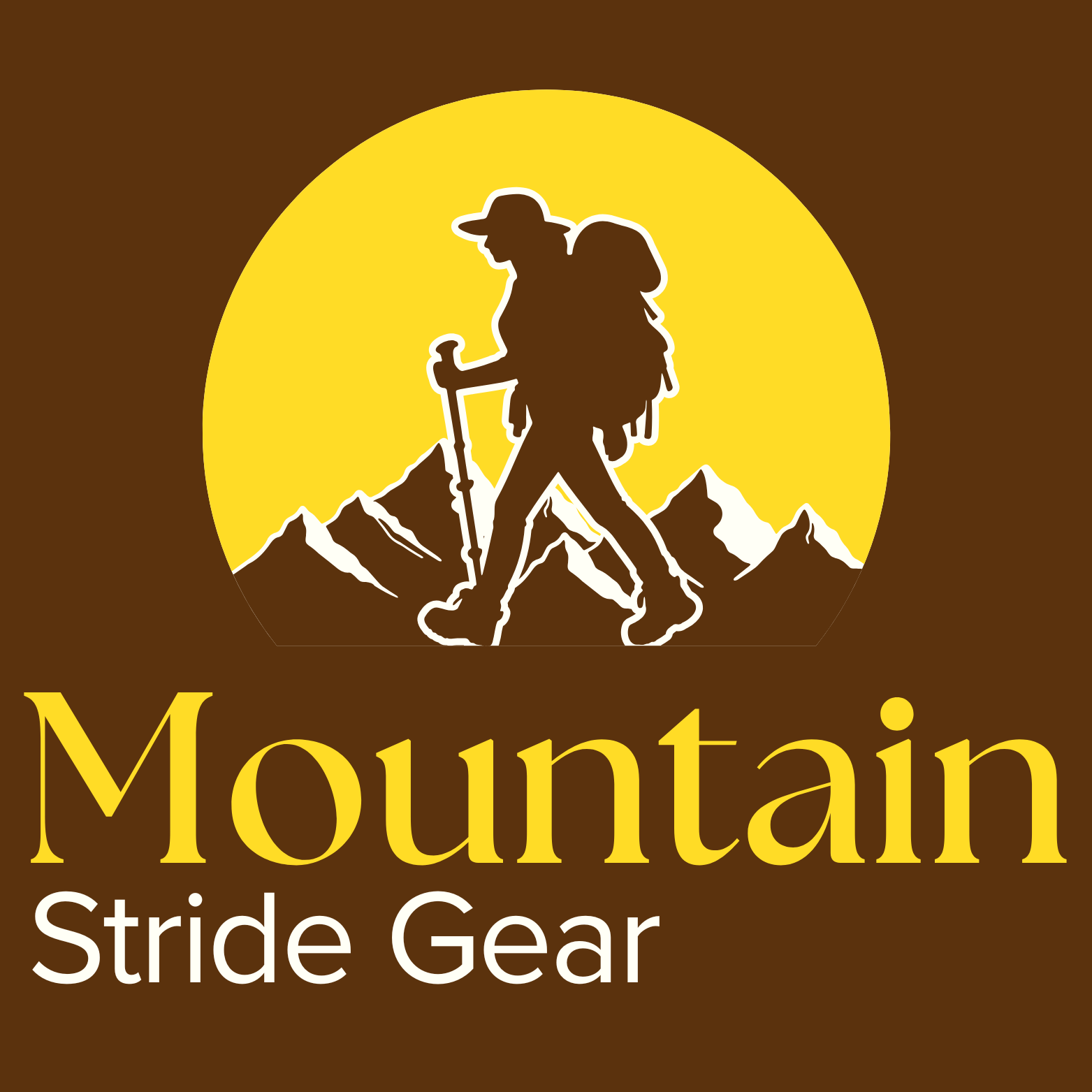Imagine standing at a forest crossroads under a sky full of stars: trails stretching in several directions, weather shifting, and daylight fading. In that moment, what separates calm confidence from fear is your gear—especially the navigation and safety kit you carry. In this post, you’ll learn how to select outdoor navigation gear and safety equipment that keeps you secure, enhances your experience, and prepares you for common challenges on the trail.
Why Navigation and Safety Gear Matter
You might think that a phone’s GPS or a rental guide is enough—but every experienced outdoors person will tell you otherwise. Statistics show that a large portion of search-and-rescue incidents involve lost or misdirected hikers who didn’t have reliable navigation backup. Proper gear builds your self-reliance, reduces risk, and often prevents emergencies altogether.
What to Look for: Key Gear Categories
Navigation Tools
Map, Compass, and GPS
- Always carry a detailed topographic map and a quality compass. Technology fails—batteries die; signal disappears.
- Invest in a handheld GPS device with long battery life or solar recharging. Practice using it before heading out.
Backup and Redundancy
- Redundancy is a survival principle: have more than one way to navigate.
- For example, a printed map saved on waterproof paper, a compass stored separately, and a GPS in your main pack plus a backup in your outer pack.
Safety Gear Essentials
Communication Devices & Emergency Signaling
- Satellite communicators or Personal Locator Beacons let you call for help far from cell coverage.
- Include emergency signals such as whistles, mirrors, or high-visibility panels.
Lighting and Visibility
- Headlamp with spare batteries—strong lumens, durable, and water-resistant.
- Reflective clothing or gear lights if traveling in low light or dusk/dawn.
Gear for Specific Situations
Multi-day Trekking & Wilderness
- Hydration systems and water filtration—carry at least two liters, plus purification tools.
- Shelter gear: tarp, emergency bivy, or lightweight tent. Prepare for weather swings.
H3: Climbers, Winter Treks, and Extreme Environments
- Avalanche tools where appropriate: beacon, probe, shovel.
- Insulated layers, waterproof shells, gloves, and hard-wearing boots with good grip.
Actionable Insights: Steps You Can Take Today
- Build Your Core Kit First
Write down what you absolutely need—navigation tools, first aid, shelter, signaling. Start with those before adding comfort items. - Practice Using Every Tool
Learn how to read your compass, use your GPS, and purify water. In the woods, practice matters: training reduces panic. - Share Your Location Plan (The “Four W’s”)
Before you leave, write out Who, What, When, and Where. Leave the plan with someone dependable. - Inspect and Maintain Gear Regularly
Check connectors, battery health, waterproofing seams, and straps. Replace worn or compromised items before trips. - Pack Smart & Layer Correctly
Dress in a base layer, an insulating layer, and a weather-proof outer shell. Use modular layers to adapt to changing conditions.
Examples & Trends
- Recent trends in outdoor gear show a surge in lightweight GPS outfits with built-in solar chargers, reducing dependence on batteries.
- In a 2024 survey, over 60% of hikers said that forgetting backup navigation tools was their biggest regret on solo day hikes.
- Family weekenders often skip emergency signaling tools—but simple items like mirrors or whistles increase rescue visibility by over 50%.
Navigation and safety gear aren’t optional—they are essential for thriving, not merely surviving, outdoors. Key takeaways: always carry backup navigation tools, commit to safety signaling, practice your gear, share your plan, and take care of your equipment. If you equip yourself wisely, you enjoy more confidence, fewer surprises, and safer adventures.
If you found this helpful, subscribe for more outdoor gear guides, share this post with fellow explorers, and stay tuned for upcoming articles on navigation basics and gear for families exploring the wild.
